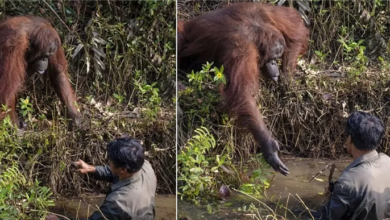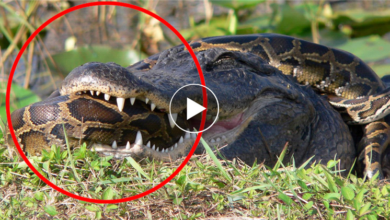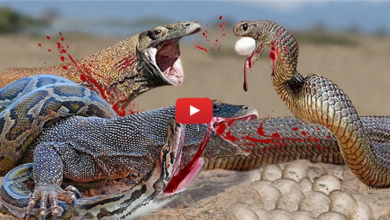The happy life of the gorilla family when they gather together
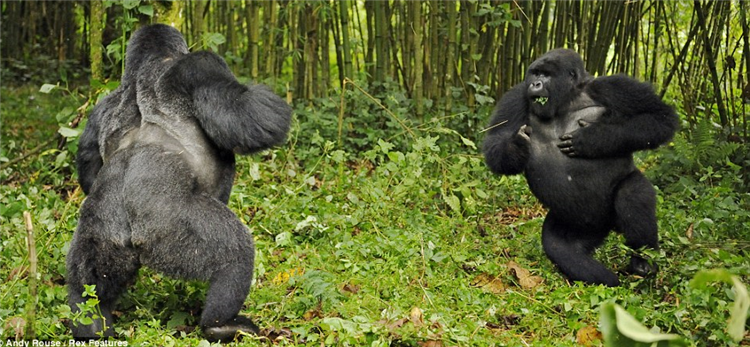
During all the years I have spent photographing mountain gorillas, perhaps the most memorable moment was when a mother turned to me and proudly showed off her newborn baby.
It was the deliberate act of a loving mother delighted with her offspring, and as the baby nestled into the thick fur on her back, I was moved to tears.
Equally gripping was when a young silverback charged at me, showing off his muscles.
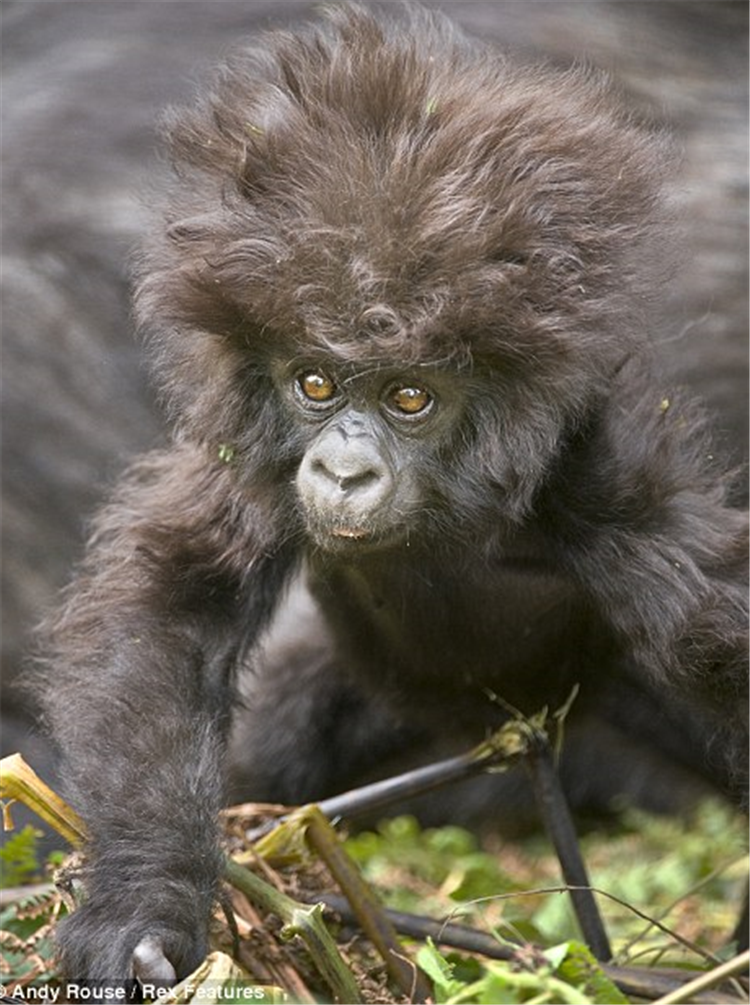
Every muscle in my body was willing me to run, but I had to stand tall — I didn’t want to encourage a 300lb gorilla to chase me.
There have also been moments of hilarity, such as when a group of gorillas gorged themselves on alcoholic bamboo sap (in which the sugar has naturally fermented).
Some ended up staggering around, others went mad swinging from trees, and a few — including a 30st silverback called Kwitonda — just lay on the ground utterly inebriated.
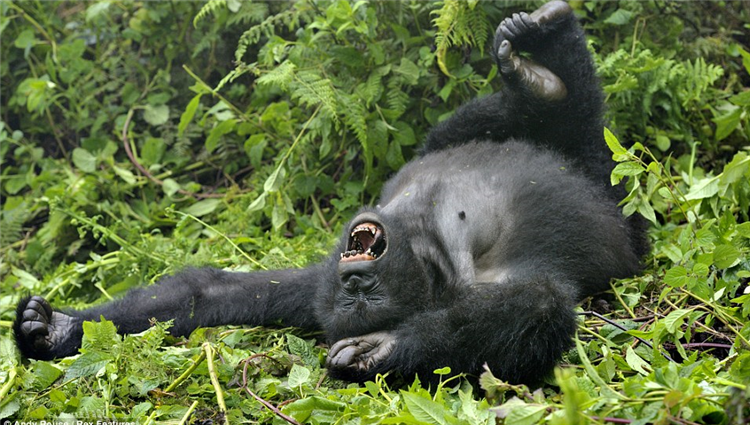
I could barely hold my camera for laughing.
So far, I have spent seven years photographing the apes in the Virunga mountains of northern Rwanda, a forested area of 790,000 hectares which is home to about 350 gorillas.
I have been on some 45 treks, often taking fellow photographers with me, and have mainly visited three gorilla groups — known as Susa, Kwitonda and Hirwa — who live at between 6,000 and 13,000ft.
I feel incredibly at peace in their presence and never tire of watching them.

Perhaps it is because they are so like humans, sharing about 98 per cent of our DNA.
We have similar mannerisms, expressions and emotions. We play, fight and love in the same way.
They like the company of other gorillas, and live in groups of between five and 30, under the control of one dominant male.
I only ever spend an hour with gorillas at a time — a rule the Virunga park has imposed to limit the contact gorillas have with humans — but even in that short period you can get a real sense of who they are and their differing characters.

I sometimes feel they observe me as much as I do them.
It is extraordinary and appalling to think these creatures are so threatened.
Worldwide, it is estimated there are just 786 left in the wild — mostly in Uganda, the Democratic Republic of Congo and Rwanda — an area made famous by American zoologist Dian Fossey’s conservation work, documented in the 1988 film Gorillas In The Mist.
But, recently, things have got better as tourism has taught locals that gorillas are worth more alive than dead.
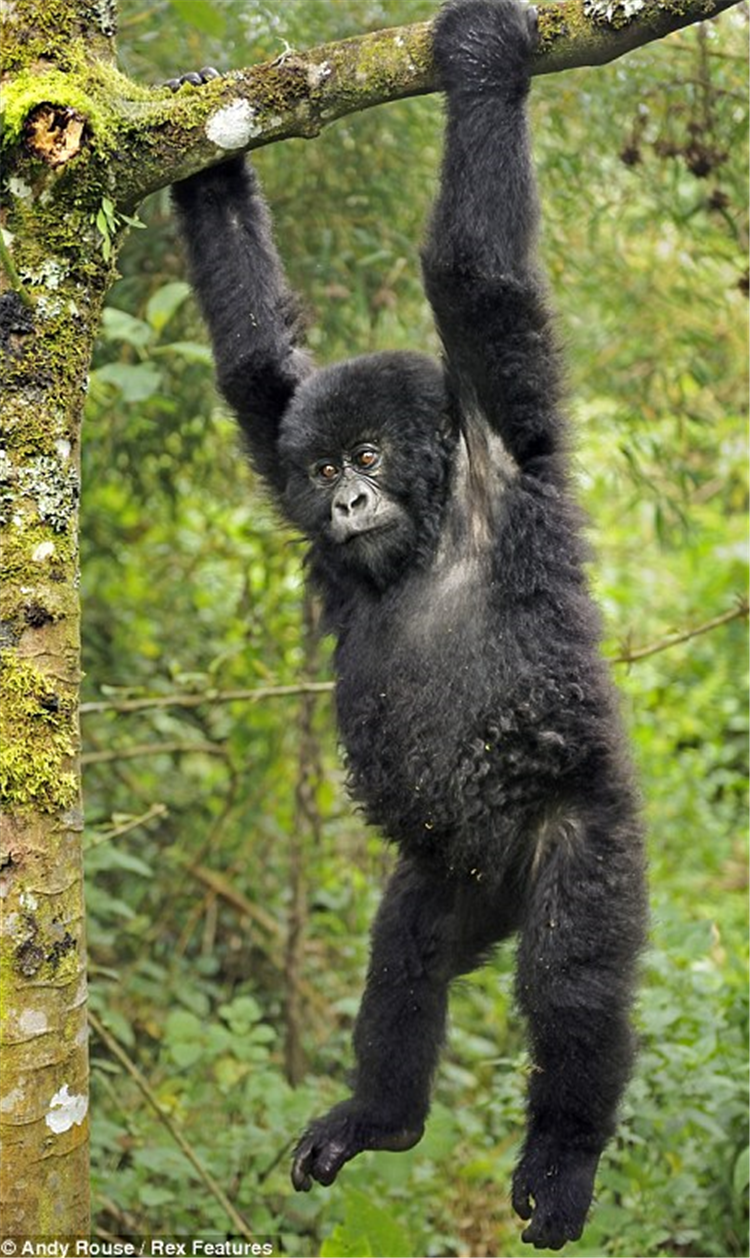
There is still much work to do, which is why I’m donating 25 per cent of the profits of my book Gorillas: Living On The Edge to conserve these magnificent beasts.

